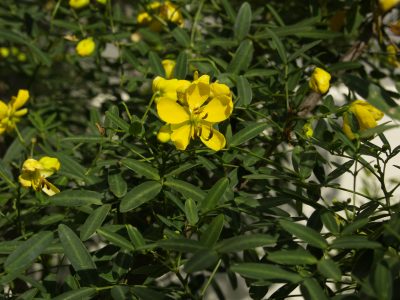When do I control June bug grub worms?
As their name suggests, June bugs are most visible in June. And it seems like this year we have been inundated with them. But if you weren’t out after dark, you might not have even noticed them. While out on my nightly walk with Augie, there were so many June bugs flying around neighborhood lawns that it sounded like it was raining.
There seem to be so many flying around this year, pelting us if we’re outside under lights.
While the adults are simply a nuisance, the larvae of this beetle can be damaging in landscapes, especially in turf grass. And with so many adults flying around this year, it’s likely that we now have lots of larvae developing in our yards. June bugs, especially the males, are attracted to light, so the best way to keep them from annoying you is to turn off all outdoor lights at night.
The females are more often found buzzing around in the landscape, since after they mate they begin to look for a nice, soft place to lay their eggs. And to make sure that those eggs are protected, females burrow up to 5 inches underground.
As with most insects, knowing the life cycle is critical to controlling June bugs, whose larvae are often called white grubs. There are many different beetles that have white grub larvae. Some are not a threat to your plants. Non-threatening ones include those that you might find in your compost pile, where they’re actually beneficial.
But if you have a problem with white grubs in your landscape, you should definitely treat for them, and timing is critical. Early stages of growth, when the larvae are small and actively feeding, is the only time you can kill them. This occurs from about mid-June through July, so now would be a perfect time to treat.
If you’d like to use beneficial nematodes, which are great for controlling white grubs, it’s important that you get the RIGHT species of nematode, since each species of nematode only attack specific species of white grubs.
June bugs are actually June beetles, so when reading labels on potential products to purchase, you’ll see June beetle on the label. Here’s a Texas A&M publication with more information. Please note that the spiked sandals mentioned in this article are not really the easiest or practical solution for most of us!








 Elayne Lansford
Elayne Lansford Pat McNeal
Pat McNeal Daphne Richards
Daphne Richards
 Trisha Shirey
Trisha Shirey